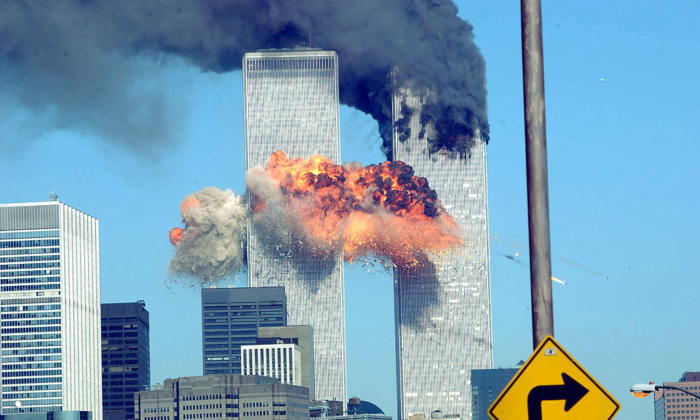Laura Rosen, an archivist at the MTA offices at 2 Broadway, witnessed the most devastating events in the history of the city. On September 11, 2001, she made her usual morning commute from Brooklyn Heights to Lower Manhattan, where she worked as head of the photo and drawing archive for the Metropolitan Transit Authority. As she arrived at work, she saw the North Tower of the World Trade Center being hit by a hijacked plane and ultimately collapsing. Rosen’s memories of that day remain vivid and powerful, as she recalls the chaos and confusion that ensued. She and her coworkers were eventually evacuated and made their way back to Brooklyn, crossing the Brooklyn Bridge amidst a sea of people trying to get home. The events of that day forever changed the landscape of New York City and left a lasting impact on Rosen and all those who experienced it.
Things would never be the same again for Rosen, the city, or the rest of the world.
Rosen recalled the “terrible smell” from the smoke and ashes reaching not just her residence in the Heights, but as deep into the borough as the Brooklyn Botanical Gardens three miles away.
“And then, afterward, there was a whole new normal—walking past people with machine guns to get to the office,” Rosen said.
Rosen’s work for the MTA continued.
During her 20 years there, she worked on a special archive containing, among other things, construction photos and drawings that she found under the Triborough Bridge.
Her interest in local architecture and history continued to inspire her just as much as it had when she took pictures and wrote the text for illustrated books such as “Top of the City: New York’s Hidden Rooftop World” (1990) and “Manhattan Shores: An Expedition Around Manhattan Island” (1998).
But even before the 9/11 tragedy, in her vocation in particular, changes to security protocols had already made themselves felt.
After the February 1993 World Trade Center terrorist attack, when a bomb was detonated in the public parking garage below the towers, rules had come into effect limiting the dissemination of such photos and drawings to the public because they might be of interest to bad actors looking for vulnerable points within the city’s infrastructure as potential targets.
In the aftermath of 9/11, the restrictions grew even tighter, Rosen said.
“The world changed that day.”






